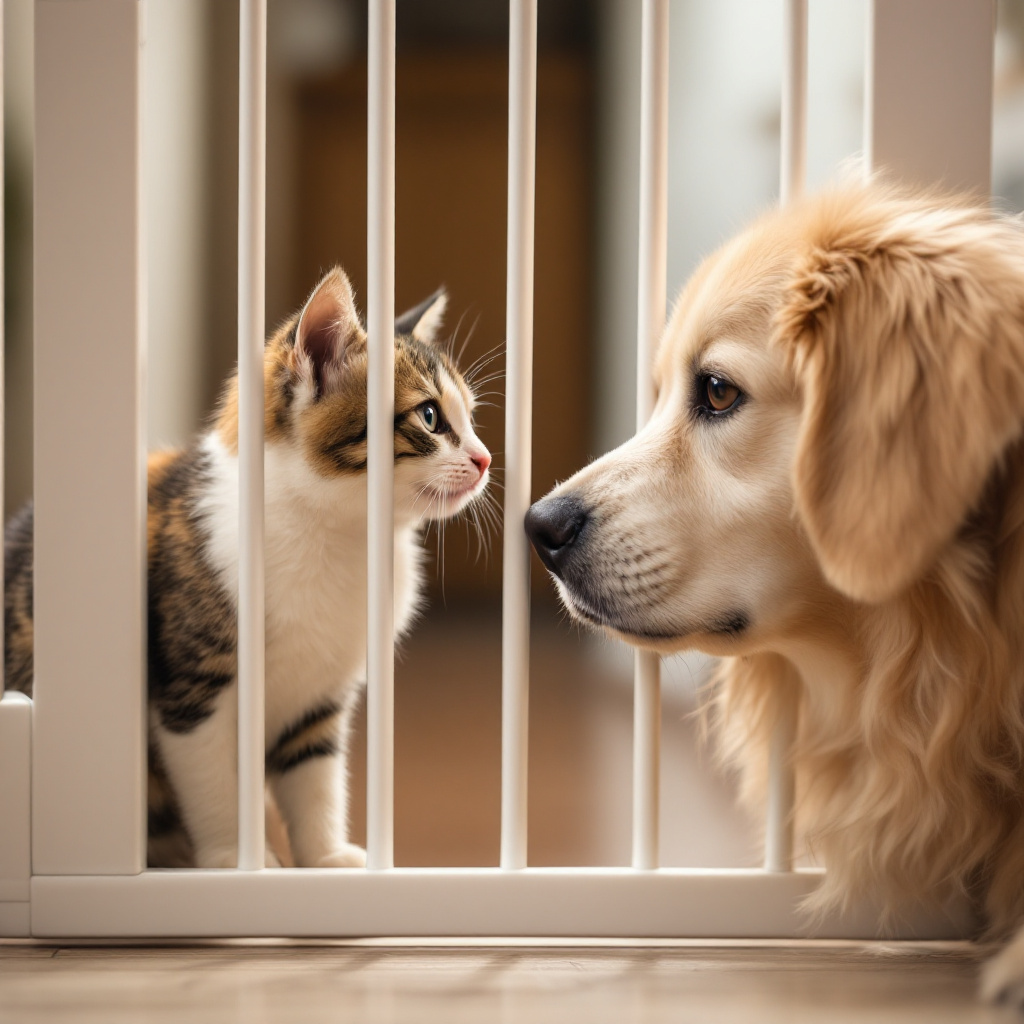"`html
The 1×1 of cross-border pet trade: Bringing terrarium pets safely across the border
Well, are you planning to expand your exotic pet family or accompany a beloved pangolin abroad? Then sit tight as we navigate the dense undergrowth of bureaucracy that surrounds the cross-border pet trade. But don't worry, with this guide you'll soon be ace at exporting and importing your terrarium companions without breaking a sweat.
Why so complicated?
On the subject of Cross-border animal tradeEspecially when it comes to our cold-blooded friends in terrariums, laws and regulations jump like nimble geckos. As these little animals are not only cute, but sometimes also quite exotic, countries want to ensure that they pose no danger to the local fauna, that they are transported under species-appropriate conditions and that they are not on the Red List. In short, it's about animal welfare, species conservation and environmental protection.
Before the big move: what needs to be considered?
Before you send your scaly pets on a long journey, there is a checklist that needs to be ticked off:
- Species protection agreement: Check whether your terrarium inhabitants fall under the Washington Convention on International Trade in Endangered Species of Wild Fauna and Flora (CITES). If so, you will need the relevant documents to confirm that they were caught or acquired legally.
- Health certificate: An internationally recognised health certificate from a vet is not only your entry ticket, but also a must for the welfare of your animals.
- Quarantine regulations: Some countries require a quarantine period. Find out in good time to avoid any nasty surprises.
- Customs formalities: Customs also want to have a say when it comes to the cross-border transport of animals. Find out about import restrictions and taxes.
On the move: reptiles like comfort too
Getting from A to B isn't always a walk in the park, especially if you're a cold-hearted reptile. But don't panic, here are a few tips on how to transport your scaly friends stress-free:
- Sturdy containers: Invest in safe, breathable containers that offer enough space to move around but no escape routes.
- Climate control: Terrarium animals are often sensitive to temperature fluctuations. Ensure a stable temperature that corresponds to the natural conditions of your animals.
- Keep calm: Travelling is stressful enough for the animals. Avoid unnecessary disturbances and keep noise and brightness to a minimum.
Welcome to your new home: After your arrival
Congratulations! Your reptiles have landed safely. But before you put them in their new Terrarium give them time to acclimatise. Leave them alone in their transport containers and ensure the right temperature and humidity. A stress-free environment will help them to acclimatise quickly.
Cross-border animal trade: a summary
The Cross-border animal trade may seem like a jungle of regulations, laws and paperwork at first glance. But with a good plan, the right preparation and plenty of patience, even this challenge can be overcome. And at the end of the day, it's all worth it when you know your scaly friends are safe and sound in their new home. So, take a deep breath and let's go - the adventure of cross-border pet trading awaits!
But don't forget: the devil is in the detail. Inform yourself thoroughly and in good time to avoid surprises. Your terrarium inhabitants will thank you for it - with bright colours, fascinating behaviour and many a grateful look from shining reptile eyes.
"""html
FAQs
Do I need a CITES certificate for all terrarium animals in cross-border trade?
Not for all species, but for many. A terrarium animal's membership of the Convention on International Trade in Endangered Species of Wild Fauna and Flora (CITES) is crucial. This applies in particular to protected species. A detailed list and further information can be found on the CITES website or from the relevant nature conservation authority in your country. If in doubt, always check in advance to avoid unpleasant surprises.
Do terrarium animals have to be quarantined after import?
This depends on the destination country. Some countries require quarantine for certain animal species to prevent the spread of disease. The duration and conditions vary depending on the country and animal species. Find out about the applicable requirements from the relevant authorities in good time.
How do I best prepare the transport container for my terrarium animal?
The preparation of the transport container plays a major role in the welfare of your pet. Make sure there is enough space, stable but sufficiently ventilated side walls and a secure latch to prevent an escape. The interior should be designed in such a way that the animal can hide and is protected from strong vibrations. Adequate temperature regulation according to the needs of your particular species is also essential.
„`
Author
-

David is a passionate aquarist with more than 20 years of experience in setting up and maintaining freshwater and saltwater aquariums. He specialises in the biodiversity of aquatic ecosystems, aquascaping and the species-appropriate keeping of aquarium fish. His articles on haustierewissen.de are a treasure trove for aquarium enthusiasts looking for sound advice and creative ideas for their underwater worlds.
View all posts




